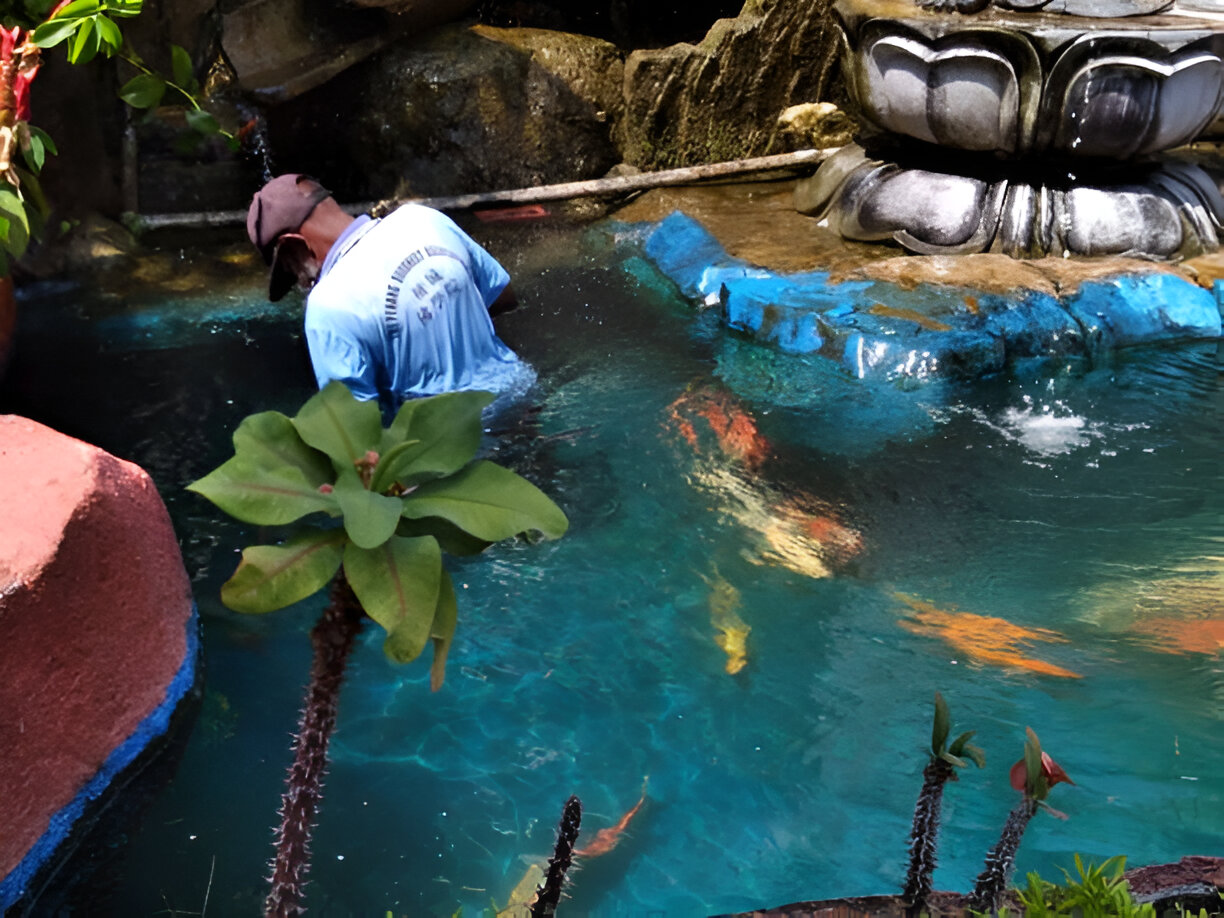Koi Care and Pond Fish Tips for a Healthy Habitat

Although keeping pond fish and koi can be quite fulfilling, keeping the pond’s ecosystem healthy calls for some fundamental understanding and attention. A few basic guidelines will assist guarantee your fish flourish, regardless of how long you have kept a pond.
A koi pond drum filter from That Pond Guy has the benefit of reliably filtering particles from 50 to 90 microns, while also drastically lowering maintenance costs and improving the effectiveness of the biological filter, even though it is typically more costly than other mechanical filtration solutions.
Here are three important guidelines to remember for a happy and healthy pond:
1. Clean Water is Key
The health of your pond and koi fish depends on clean water. The water in your pond should always be clear and fresh-smelling. Often, the water is found green due to algae during spring when plants are still small, or somewhat brown from tannins.
Growing water lilies or growing water lettuce that forms surface cover and discourages the growth of algae can control algae. Bear in mind that not all algae can be bad because your fish can feed on it. However, when they occur in large amounts, they might produce some issues with the water, although when needed, water treatment can help.
Ensure that the water in your pond is filtered to ensure that the appropriate filtration system is in the right place. A biological filter is capable of controlling the waste naturally and breaking its own using helpful microorganisms, while the mechanical skimmer helps remove material floating on the surface. The ecosystem of the pond is kept in balance and the water clears, thanks to this filtering system.
2. Maintain a Healthy Fish Population
A typical error that can harm the water quality of your pond is overcrowding. High fish population density may be disadvantageous because the water ecosystem can be affected due to an overload of fish faeces.
As a rule, 10 gallons of water are needed for every inch of fish produced. A 10-inch fish, for example, should be transplanted in an aquarium of not less than 100 litters. Pay attention to the fish growth because koi are known to grow very large.
If you start with smaller fish, you can always add more later as your pond accommodates the increased volume of waste.
3. Feed Your Fish the Right Way
Even though pond and koi fish naturally forage for algae and insects, providing a balanced, high-quality fish diet is essential for their growth and health. Feed them only as much as they can consume in three to five minutes, choosing foods with high-quality proteins and multivitamins.
In warm weather, feed them twice daily, while in cool weather, they should only be fed once daily. Do not feed when the water temperatures are less than 50°F, because their metabolism decreases. Maintain clean water to control the fish population and also feed them properly to ensure that the fish develop into healthy stocks.
You will enjoy watching your brightly coloured fish moving freely among the water lilies and interacting with the natural surroundings of your pond. Your fish and the pond ecology will both stay healthy for many years to come with regular care and attention.





